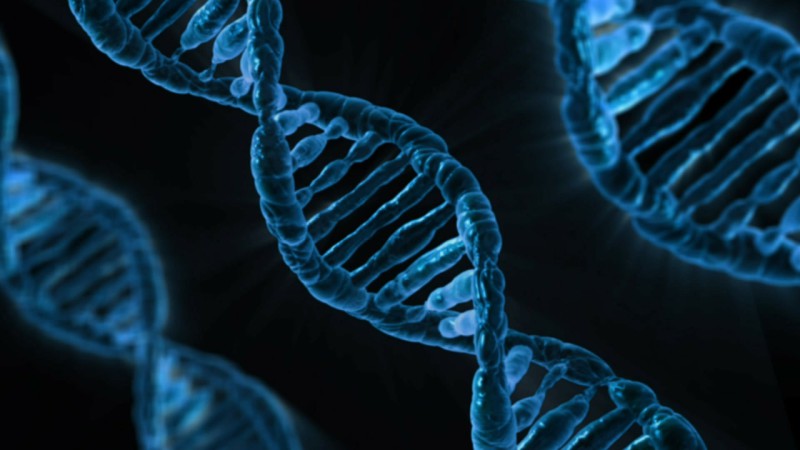Over the last decade, big data has given rise to an unprecedented bounty of information. This data has, in turn, transformed the face of industries ranging from healthcare to consumer tech to retail. All this data is definitely a good thing—for designers, scientists, policy makers, and just about everyone else—but it’s led to a unique problem.
How can we store raw data that grows more unwieldy every day? According to a 2013 study, 90 percent of all the data in the world has been generated in the preceding two years alone.
While video services like Youtube are obvious major contributors to the data tsunami, there’s another huge player emerging in the game. A recent study from PLOS Biology found that genomics—the study of gene sequencing and mapping—will be on par with Youtube levels of data by 2025. In terms of data acquisition, storage, distribution, and analysis, genomics is the next big thing in big data.
It makes sense that genomics would benefit from recent breakthroughs in data acquisition. After all, cracking the code of human DNA holds the potential to tailor individual medical treatment based on a patient’s genes. Genomic medicine has the potential to replace the one size fits all approach that healthcare has often taken in the past.
Over the last decade, the acquisition of genomic data has grown exponentially. The total amount of human gene sequence data has increased by 50 percent every seven months. And that doesn’t even take into account the estimated 2.5 million plant and animal genome sequences extracted by 2025.
The biggest driver of this upward trend? Our desire to live longer and healthier lives, free from disease. The Wall Street Journal recently covered the rising trend of employers offering free and subsidized genetic testing to employees. Screening for genetic markers of obesity and certain types of cancer takes standard medical benefits to a new level. Genetic information offers new information and informs new strategies on tackling health issues; in an era where self-tracking is the new norm, we are hungry for DNA data. This isn’t just another move for companies to offer employees more wellness perks though—it could have major cost saving benefits for employers. Obesity is a huge contributor to other costly medical procedures, so better employee health also benefits the financial health of the company.
It’s safe to say we’re going to see genomic data skyrocket in the next few years. Data storage will need to adapt to be able to house this huge amount of information so we can learn from it. The solution? Intelligent Software Designed Storage (I-SDS).
I-SDS removes the need for cumbersome proprietary hardware stacks by replacing them with storage infrastructure managed and automated by intelligent software. Software, rather than hardware, will manage and automate storage solutions. Essentially, we are moving away from an outdated computational model to one that mimics how our human brains compute massive amounts of data on a daily basis. I-SDS will be more cost efficient and provide better methods for accessing data with faster response times. Intelligent software is the next frontier for storage if we want to reap the benefits of genomic big data.
